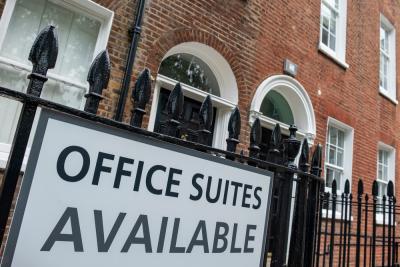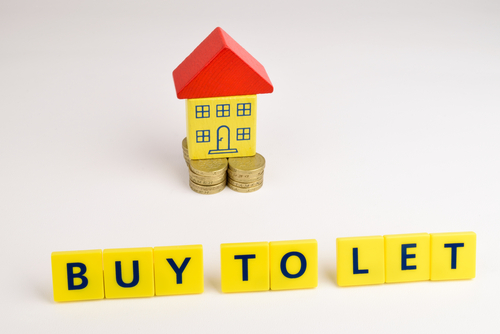
It’s not often you can say the property market was stronger in November than in September, but it was this year. The reason is simple; the economic outlook has improved over the last three months.
That’s the verdict from Knight Frank which says that inflation has fallen to less than five per cent, the best five-year fixed-rate mortgage is now under 4.5 per cent, and speculation around the Bank of England increasingly relates to the timing of the next cut rather than the size of the next rise.
The agency says buyer sentiment has been lifted and produced a very belated autumn market. The signs increasingly point to a bounce next spring, provided a general election is not called in the first half of 2024.
The Nationwide recently reported the third consecutive monthly increase in UK house prices in November, tallying with data from the Halifax.
Knight Frank’s research guru Tom Bill cautions that numbers can jump around in a thin market like this, but if we are not at the bottom of this particular downturn, we must be close.
In relation to London’s prime sales market, the number of offers made is a good indicator of buyer sentiment and it has been more than five per cent above the five-year average in recent weeks, removing the effects of various stamp duty holiday deadlines in 2021.
Meanwhile, London continues to outperform the rest of the UK, largely because prices grew by relatively less during the pandemic. Average prices in prime central London are 17 per cent below their last peak in mid-2015 while prices in prime outer London are down by eight per cent compared to mid-2016.
At the same time, the Nationwide UK index is 19 per cent higher than it was before the pandemic in February 2020.
As a result, the number of new prospective buyers was seven per cent higher than the five-year average in the three months to November in London, which compared to a decline of 10 per cent across the UK. Furthermore, the number of exchanges was up five per cent in the capital during the same period but 16 per cent down across the UK, Knight Frank data shows.
Price declines remain limited as sellers have hesitated during the recent period of economic uncertainty. Average prices in Prime Central London fell by 1.8 per cent in the year to November, while there was a 1.5 per cent decline in Prime Outer London.
Bill concludes: “While the appetite of buyers and sellers should increase in 2024, at some stage this will be interrupted when Rishi Sunak calls the general election. The big question is when.”










.png)










Join the conversation
Be the first to comment (please use the comment box below)
Please login to comment